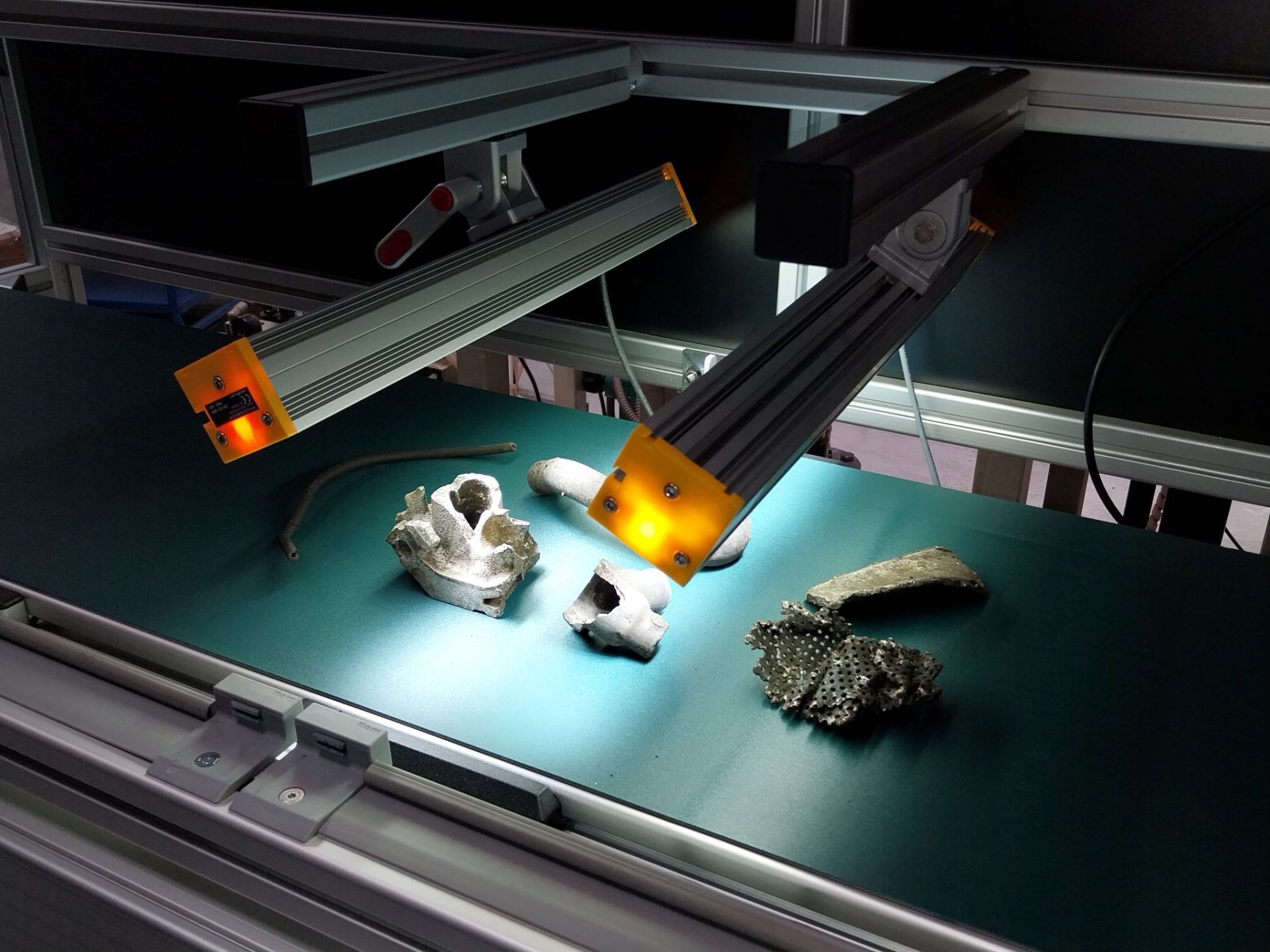GAIKER studies the effect of nanomaterials on the nervous system

The European iCare project will develop in vitro models and methods that can characterise and predict the impact of nanomaterials on the nervous system
 The GAIKER Technology Centre, a member of the Basque Research & Technology Alliance, BRTA, is participating in the European project iCare – Integrated Assessment and Advanced Characterisation of Neuro-nanotoxicity, whose main objective is to develop an integrated system that can characterise and predict the effect of nanomaterials on the nervous system, in order to prevent their toxicity.
The GAIKER Technology Centre, a member of the Basque Research & Technology Alliance, BRTA, is participating in the European project iCare – Integrated Assessment and Advanced Characterisation of Neuro-nanotoxicity, whose main objective is to develop an integrated system that can characterise and predict the effect of nanomaterials on the nervous system, in order to prevent their toxicity.
During this research, different methods will be studied to obtain high-resolution images that will be used to assess changes in the morphology, chemical composition and reactivity of nanomaterials when exposed to complex homogeneous matrices that mimic environmental and biological exposure. Relevant tools and procedures will be developed and made available to industry.
iCare, which started last January and will run for 48 months, will specifically work on:
-Developing new high-resolution and super-resolution imaging procedures.
-Developing guidelines for toxicological testing and reducing the current gaps in nanotoxicology.
-Developing tools and procedures that reduce the differences between in vitro and in vivo testing.
-Provide reliable data and improve data reporting.
-Create standardised and standardised test procedures for use in regulatory frameworks.
Funded by the European Union in the context of the HORIZON EUROPE programme, this project is led by the Iberian International Nanotechnology Laboratory INL and involves the participation of 10 other international partners, including GAIKER, which, as an expert in nanotoxicology, will be responsible for developing new methods and in vitro models for the study of the neurotoxicity of nanomaterials and advanced materials for both human health and the environment.
The use of nanomaterials in industry has increased in recent times due to the benefits of their properties in certain applications. Due to this increase, studies on the possible effects of nanoparticle release on human and environmental health are essential in order to develop appropriate prevention methods.




